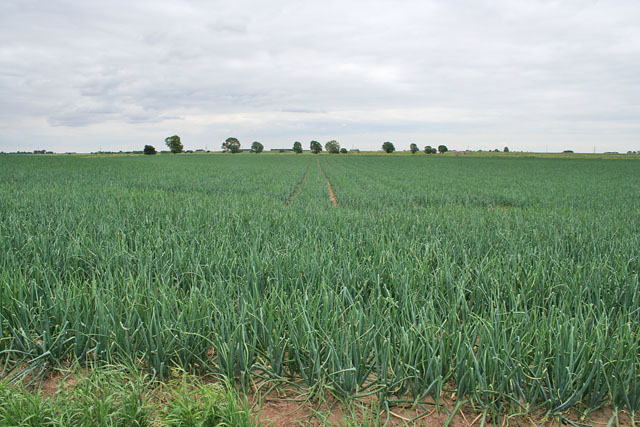How can I improve the yield of my onion farm in Kenya?
,One of my main goals is to improve the yield of my farm. After all, higher yields mean more profit for me and my family. In this article, I will share some of the techniques and practices that I have found to be effective in improving the yield of my onion farm.
Maintaining Soil Fertility
One of the most important things to keep in mind when it comes to improving onion yields is the importance of maintaining soil fertility. This includes not only the major nutrients such as nitrogen, phosphorus, and potassium but also the secondary and micronutrients that are essential for plant growth.
One way to achieve this balance is through the use of compost. Compost is made by breaking down organic matter, such as leaves and grass clippings, into a rich, nutrient-dense material that can be added to the soil. Composting is easy to do and can be done on a small scale using simple methods like pit or trench composting.
Another way to improve soil fertility is through the use of cover crops. Cover crops are plants that are grown specifically to improve soil health. They can be used to add organic matter to the soil, to fix nitrogen, suppress weeds, and reduce erosion. Cover crops can be grown in between rows of onions, and then plowed under to add organic matter and nutrients back into the soil.
Proper Planting Techniques
Another key factor in improving onion yields is the use of proper planting techniques. This includes using healthy seedlings, planting at the right time, and spacing the plants properly.
One way to ensure that you are using healthy seedlings is to purchase them from a reputable supplier. This will ensure that the seedlings are free of pests and diseases and that they are well-suited to the local climate.
Another important factor is planting at the right time. Onions are a cool-season crop, and they should be planted in the early months of the year when the weather is cool and moist.
Finally, spacing the plants properly is also important. Onions should be planted about 20cm apart, with rows spaced about 60cm apart. This will ensure that the plants have enough room to grow and develop properly.
Pest and Disease Management
Another important factor in improving onion yields is the management of pests and diseases. This includes monitoring the plants for signs of infestation or infection and taking action as soon as possible to prevent further damage.
One way to prevent pests and diseases is to use organic methods, such as companion planting, crop rotation, and the use of beneficial insects. For example, planting onions alongside garlic, which has a strong smell that repels pests, can be very effective in preventing infestations.
Another method is to use chemical pesticides, but with caution. Some chemical pesticides can be harmful to beneficial insects and the environment, so it’s important to choose the right type and use it in the right dosage and timing.
Harvest and Post-harvest Management
Finally, another key factor in improving onion yields is proper harvest and post-harvest management. This includes harvesting the onions at the right time, and then properly storing and curing them to ensure that they stay fresh and retain their quality.
One way to ensure that the onions are harvested at the right time is to monitor the plants for signs of maturity, such as the yellowing of the leaves. Once the leaves start to yellow, the bulbs are usually ready to be harvested.
Another important factor is proper storage and curing. Once the onions are harvested, they should be left in the sun for a few days to dry and cure. This will help to remove any excess moisture and to harden the outer layer of the bulbs, which will help to protect them during storage. Once the onions are properly cured, they should be stored in a cool, dry place, such as a root cellar or a cool room. This will help to preserve their freshness and quality, and to prevent them from rotting or sprouting.
In conclusion, as an onion farmer in Kenya, I have found that there are several key factors that are important in improving the yield of my farm. These include maintaining soil fertility, using proper planting techniques, managing pests and diseases, and properly harvesting and storing the onions. By implementing these techniques and practices, I have been able to achieve higher yields and more profitable harvests. With the right care and management, I am confident that any onion farmer in Kenya can improve their yield and reap the rewards of a bountiful harvest.






